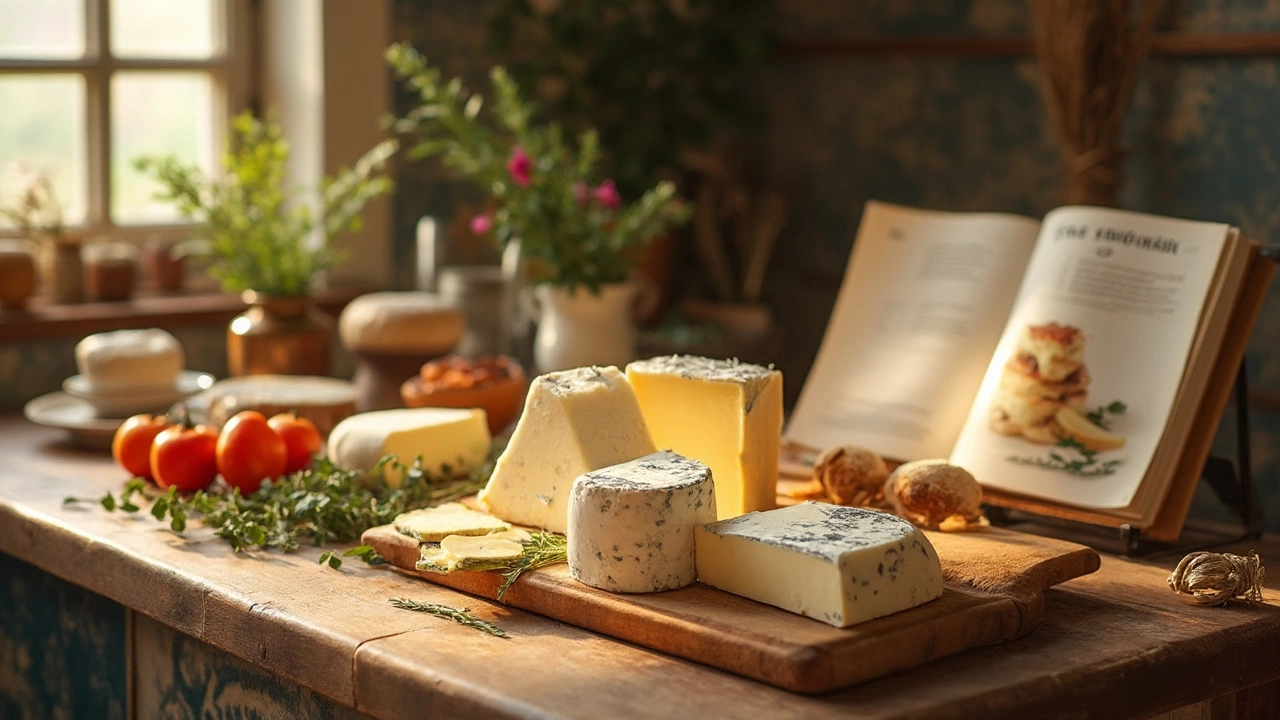Prato Cheese: Flavor, Uses and Simple Recipes
If you’ve never tried Prato cheese, you’re missing a creamy, mildly tangy Italian staple that works in almost anything. It’s soft enough to spread on crackers, but sturdy enough to melt in sauces. Think of it as a milder cousin of mozzarella with a buttery bite that makes everyday dishes feel a little special.
What Makes Prato Cheese Special?
Prato cheese originates from the Lombardy region and is made from cow’s milk. The curd is gently cooked, then pressed into small rounds that sit in a brine bath. This low‑salt brine keeps the cheese fresh and gives it a subtle salty edge without overwhelming the palate.
Nutrition‑wise, a 30‑gram serving supplies about 80 calories, 6 g of protein and a good dose of calcium. It’s lower in fat than many other soft cheeses, so you can add a generous spoonful to salads or pastas without worrying about extra heaviness.
Because it’s not aged long, Prato cheese stays moist and pliable. That means it slices cleanly for charcuterie boards and melts evenly for baked dishes. It also pairs nicely with light reds, crisp whites, fresh herbs and fruit like figs or pears.
Easy Ways to Cook with Prato Cheese
Here are three no‑fuss ideas you can try tonight:
1. Warm sandwich melt: Layer slices on sourdough, add tomato and basil, then grill until the cheese bubbles. The gentle melt gives a stretchy texture without the stringy pull of mozzarella.
2. Creamy pasta sauce: Toss cooked pasta with a splash of milk, a handful of grated Prato, garlic and lemon zest. Stir until smooth – the cheese thickens the sauce in seconds.
3. Savory cheese toast: Spread the cheese on toasted baguette rounds, sprinkle with rosemary and a drizzle of olive oil, then pop under the broiler for a quick appetizer.
All three recipes need only a few minutes, so they’re perfect for busy evenings or when you want a comforting bite without a lot of prep.
If you’re storing Prato cheese, keep it in its original brine container or transfer it to a small airtight jar with fresh brine (1 % salt water). Store in the fridge and use within two weeks for best flavor. When the cheese starts to get a bit dry, you can refresh it by soaking in fresh brine for a few hours.
Because the cheese is mild, feel free to experiment. Add it to omelets, stir it into risotto, or crumble it over roasted vegetables. Its subtle tang works well with both sweet and savory flavors, making it a versatile pantry hero.
So next time you see a round of Prato cheese at the market, grab it and give one of these quick ideas a try. You’ll quickly see why Italians love it for everyday meals and special occasions alike.







